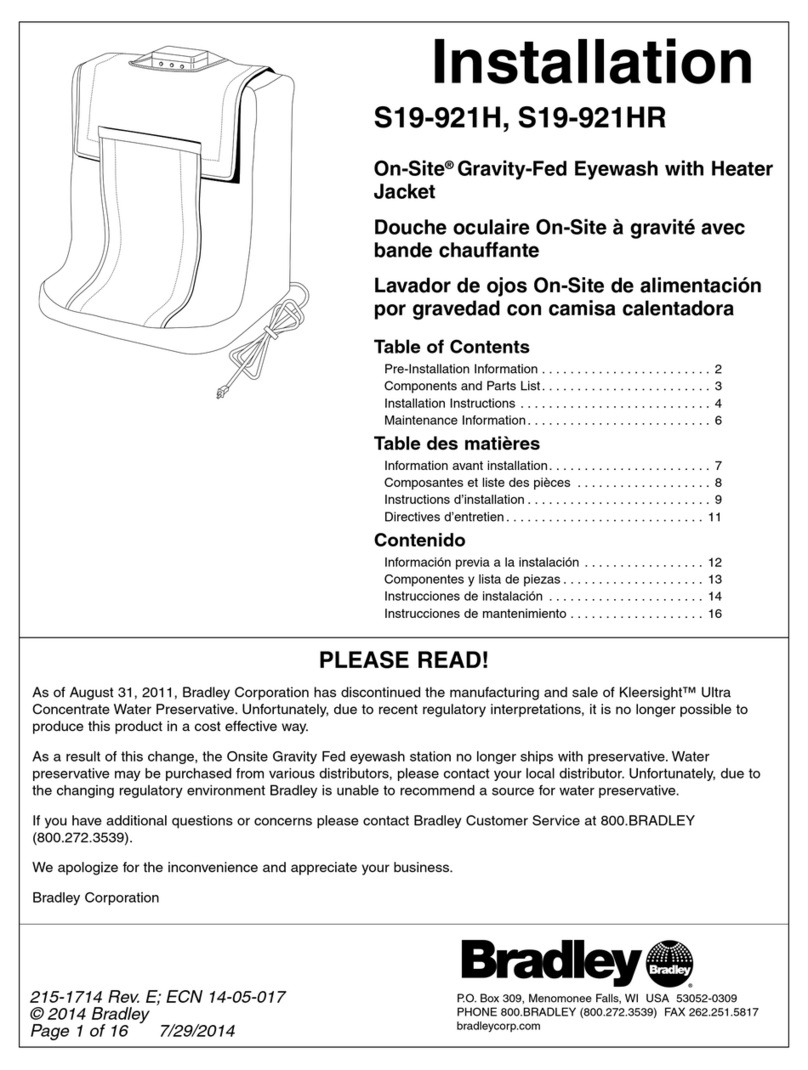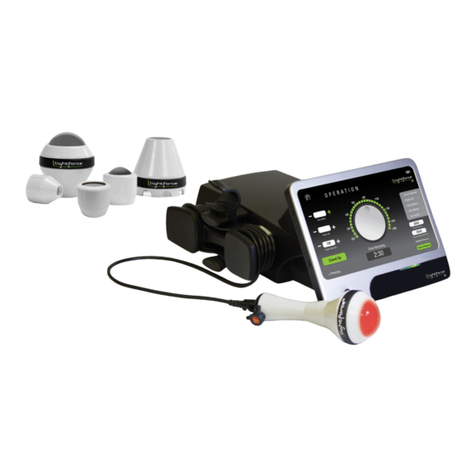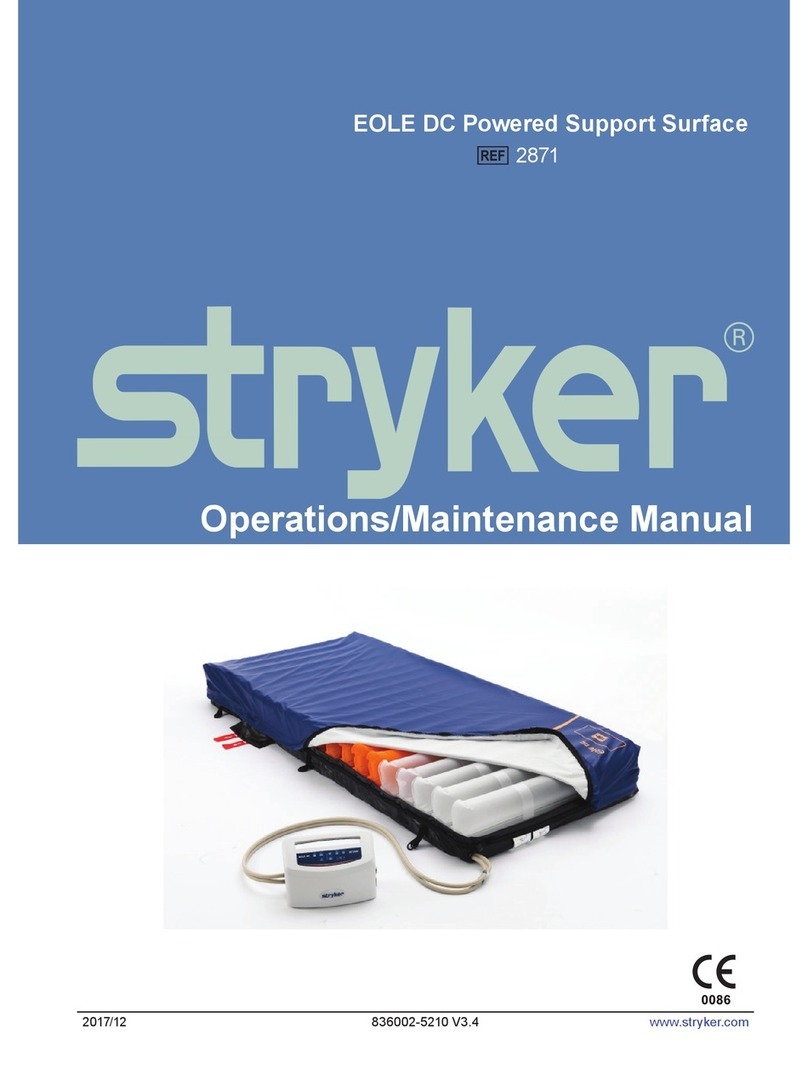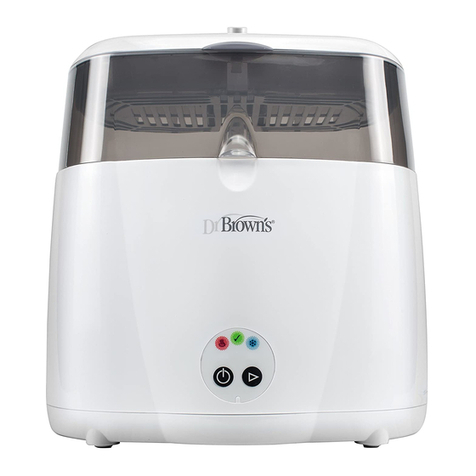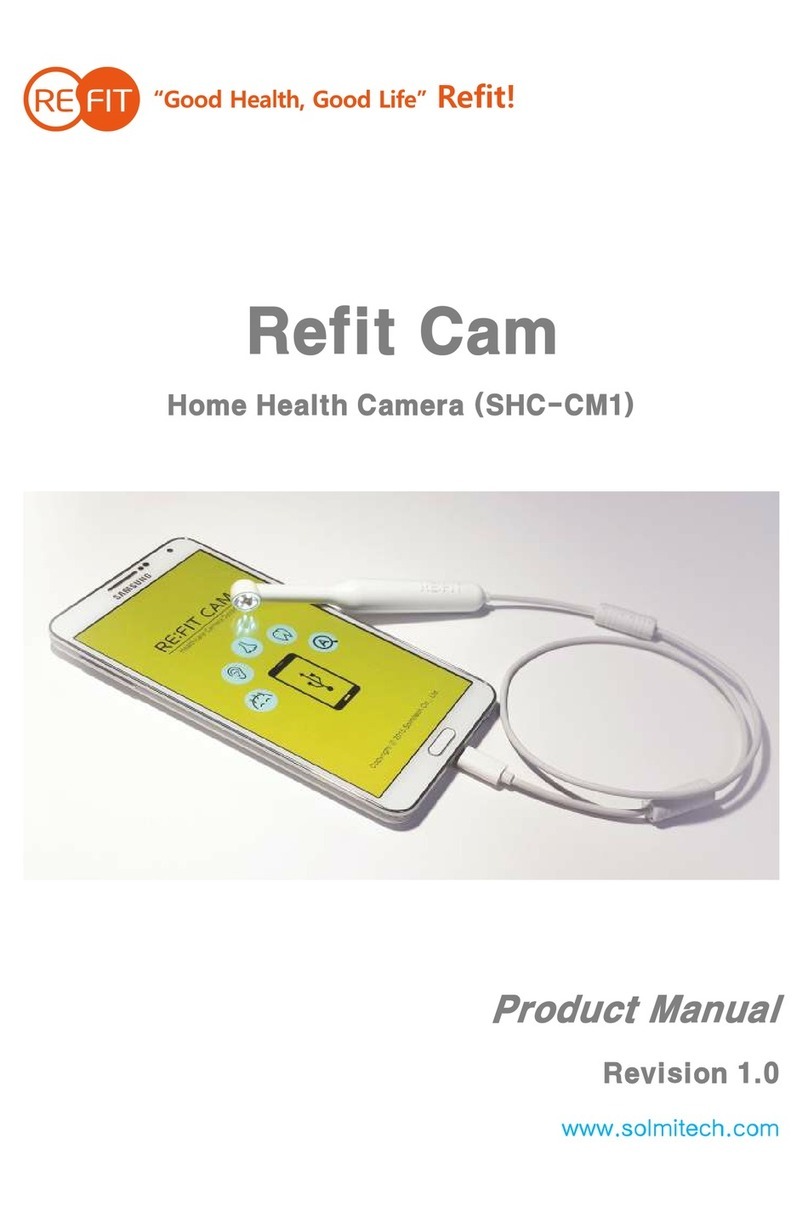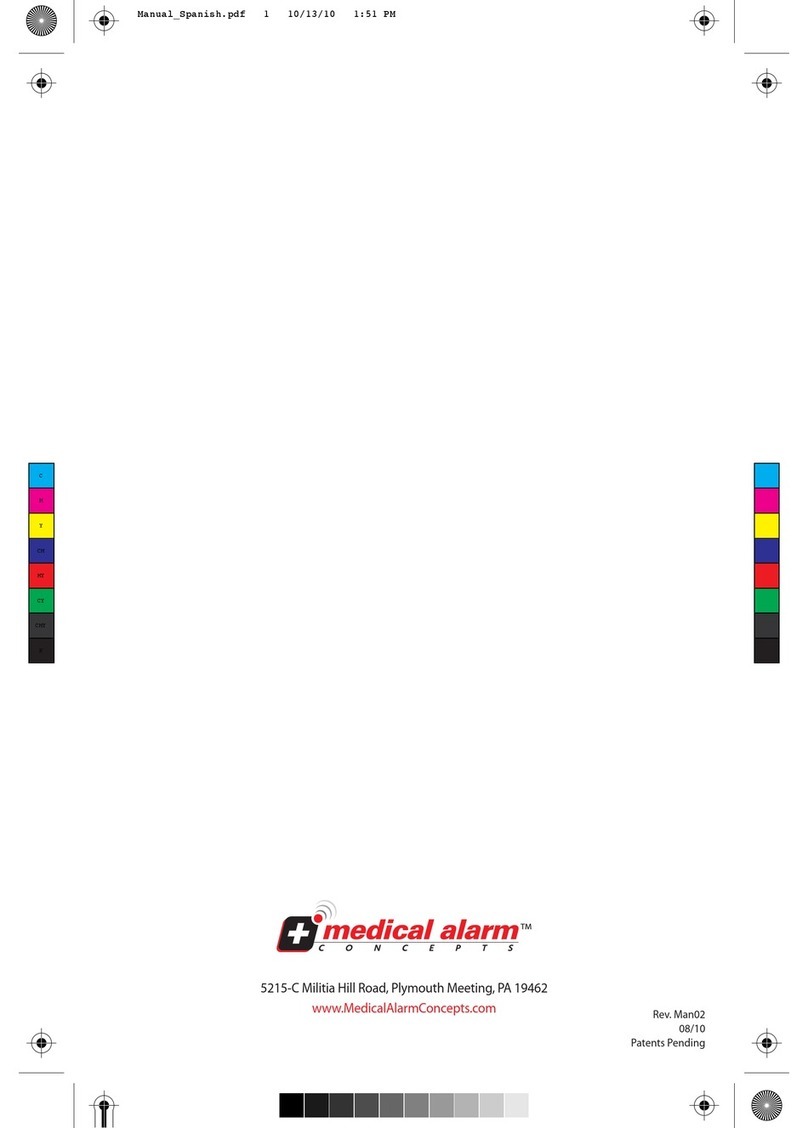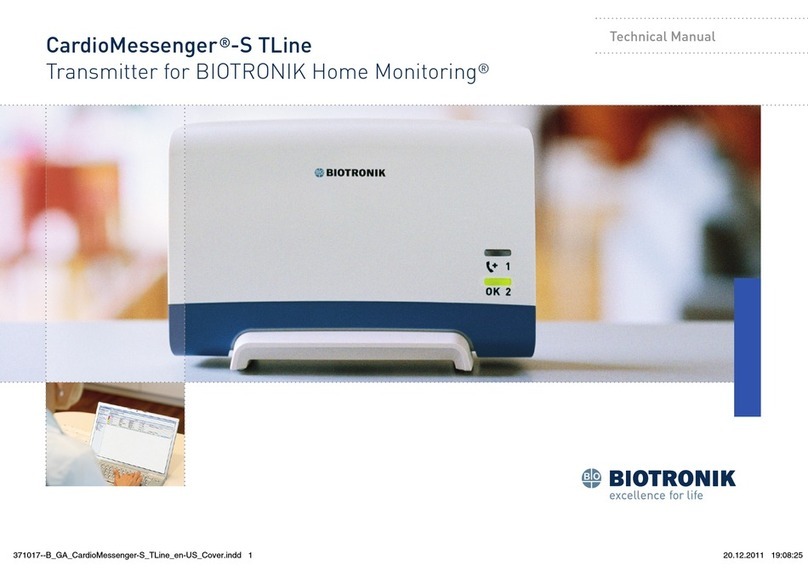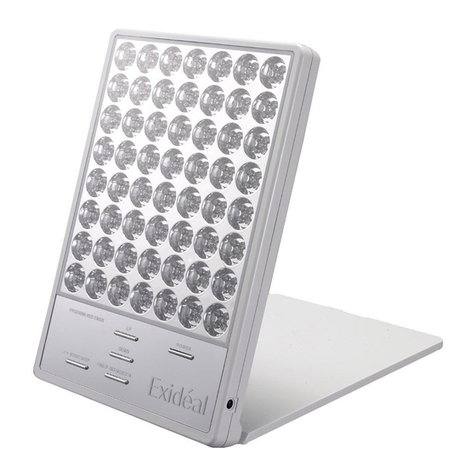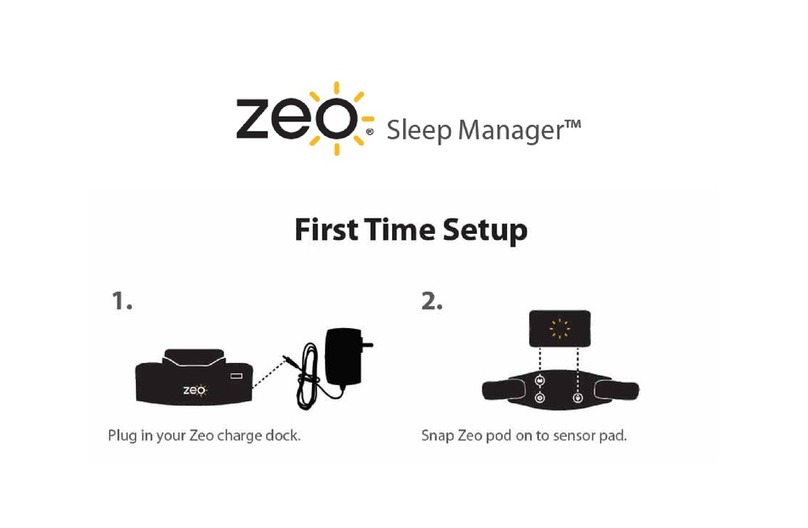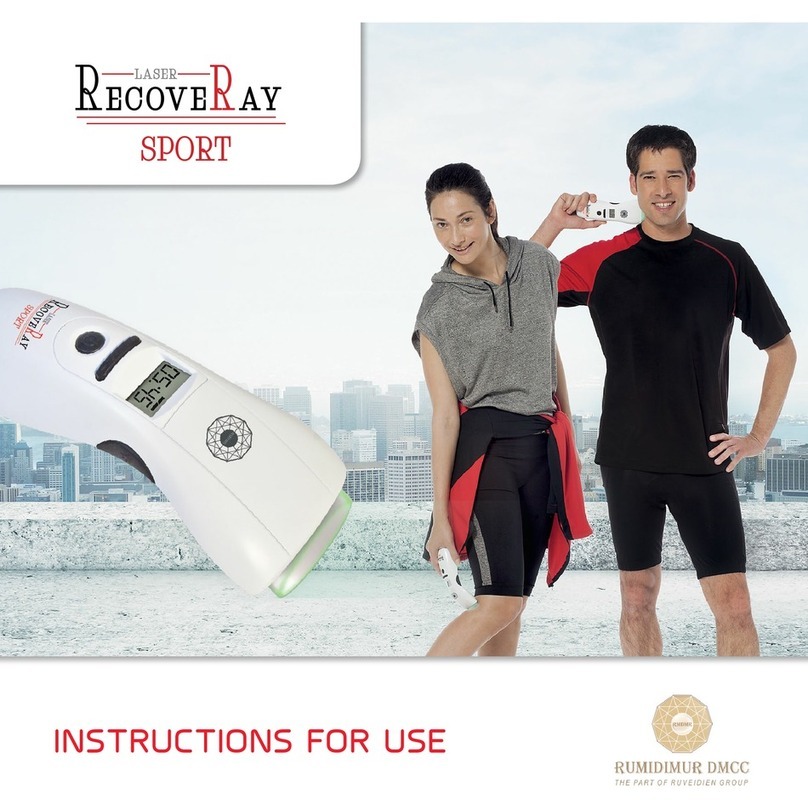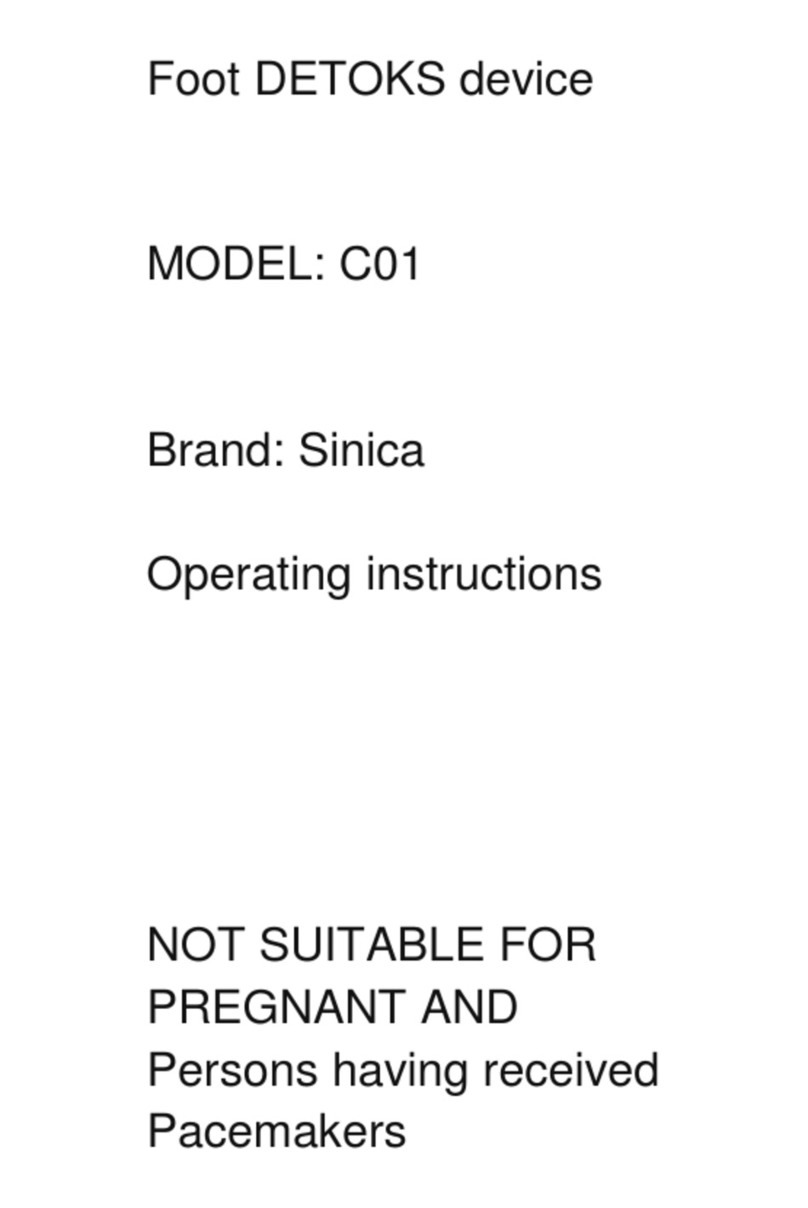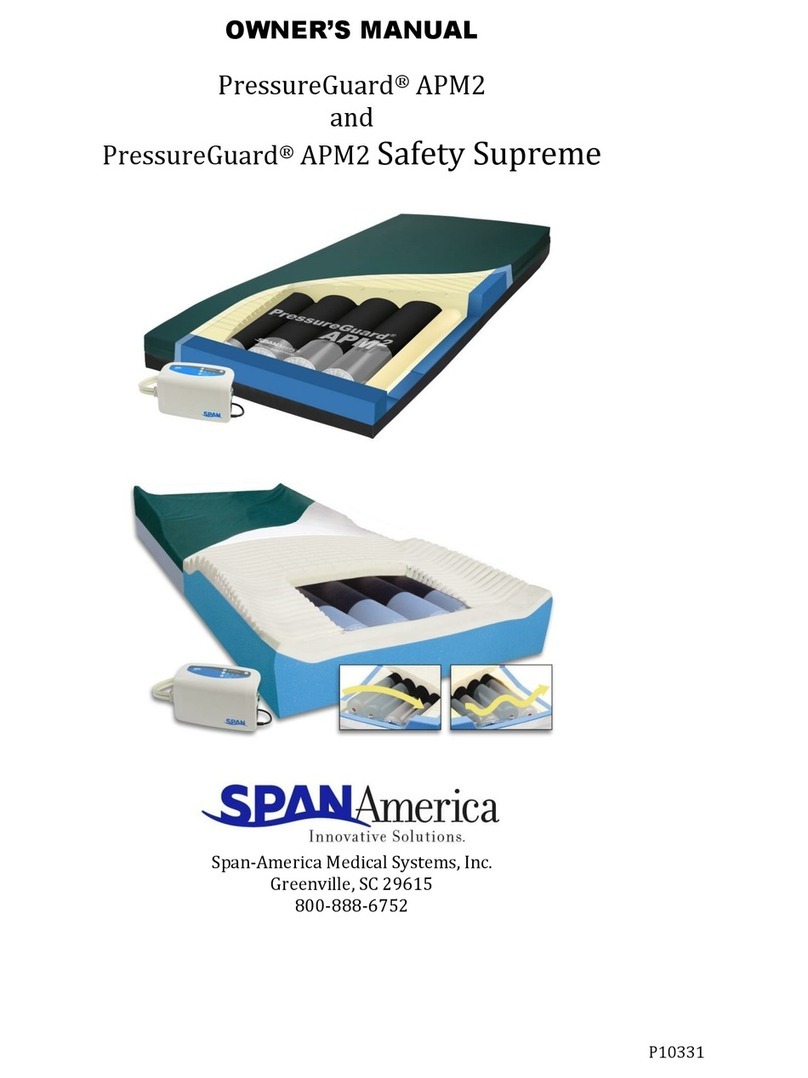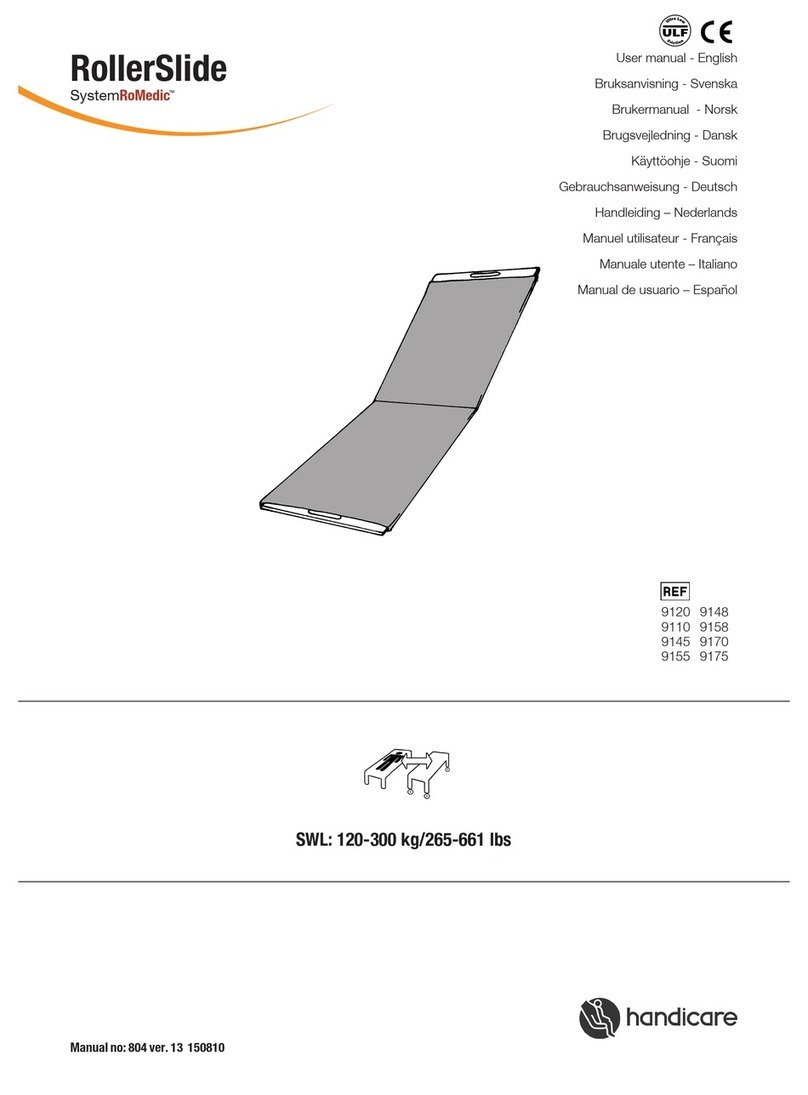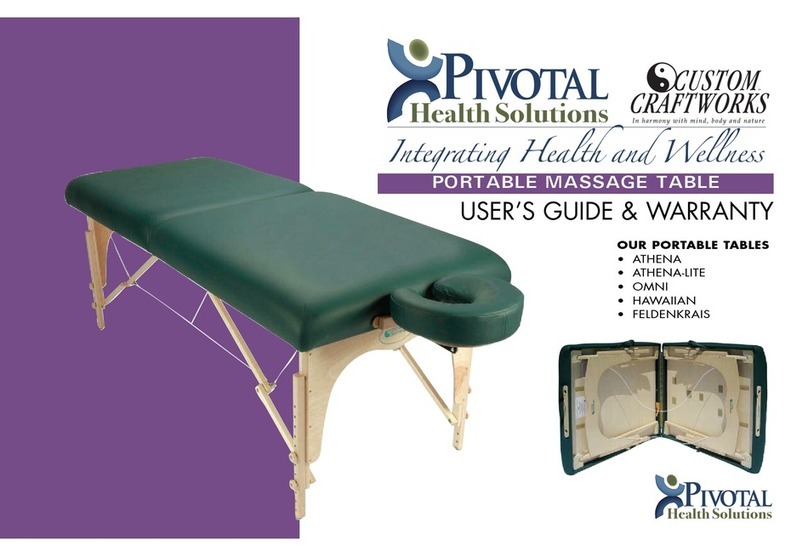10
5.1.1 Before using for the rst time
IDisassemble* the SNS into its
individual parts.
IRinse all parts with water.
IFill the bottle with 50 ml of water.
Screw the attachment ring with
the tubing onto the bottle.* Shake
it for 5 seconds, then squeeze the
bottle for 15 seconds to force the
water through the tubing.
IRemove the valve and tubing from
the ring;* place all SNS parts in
a pan; cover all parts with water
and boil for ve minutes.
IRemove the pan from the stove and
drain the hot water from the pan.
ILet the parts cool down in the pan.
IDry the cooled-down parts with
a clean cloth or leave to dry on
a clean cloth.
5.1 Cleaning at home
1
IClean all parts immediately after
use to avoid drying up of milk
residues and to prevent growth
of bacteria.
IOnly use drinking-quality water
for cleaning.
IIf you clean the SNS parts with
boiling water, be careful not to
burn yourself.
IStore the clean parts in an air-
permeable, clean bag/container,
or in an air-permeable, clean
paper/cloth until next use.
Caution
i
lWhen you boil the parts of the
SNS, you could add a teaspoon
of citric acid to avoid a build-up
of limescale. When you use citric
acid, minor traces might remain
on the parts. Use drinking-quality
water to wash them off. Dry the
parts with a clean cloth or leave
to dry on a clean cloth.
IDo not leave (parts of) the SNS
in direct sunlight or heat, as this
may weaken the parts.
IDo not use chemical sterilisers.
Note
1or
*For more information about assembling and disassembling the SNS, see chapter 6 and 8, respectively.
5. Cleaning
